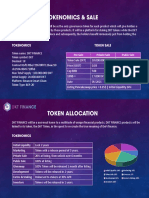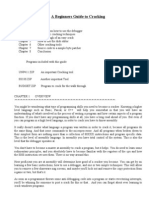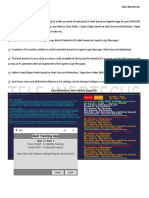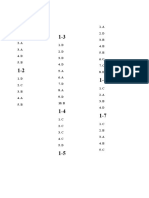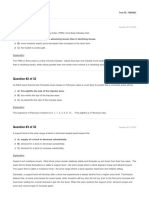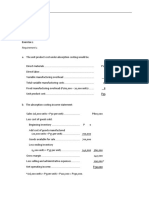0% found this document useful (0 votes)
379 views4 pagesCryptoprism Trading Terminology Basic Concepts-1
This document defines cryptocurrency trading terminology and basic concepts. It explains key terms like satoshis, exchanges, FOMO, FUD, market caps, bull and bear markets, leverage, margin, liquidation and more. It also provides examples of websites for chart analysis and definitions of terms like pump and dump schemes, arbitrage, and ICOs.
Uploaded by
shahzainkhanCopyright
© © All Rights Reserved
We take content rights seriously. If you suspect this is your content, claim it here.
Available Formats
Download as PDF, TXT or read online on Scribd
0% found this document useful (0 votes)
379 views4 pagesCryptoprism Trading Terminology Basic Concepts-1
This document defines cryptocurrency trading terminology and basic concepts. It explains key terms like satoshis, exchanges, FOMO, FUD, market caps, bull and bear markets, leverage, margin, liquidation and more. It also provides examples of websites for chart analysis and definitions of terms like pump and dump schemes, arbitrage, and ICOs.
Uploaded by
shahzainkhanCopyright
© © All Rights Reserved
We take content rights seriously. If you suspect this is your content, claim it here.
Available Formats
Download as PDF, TXT or read online on Scribd
/ 4
















